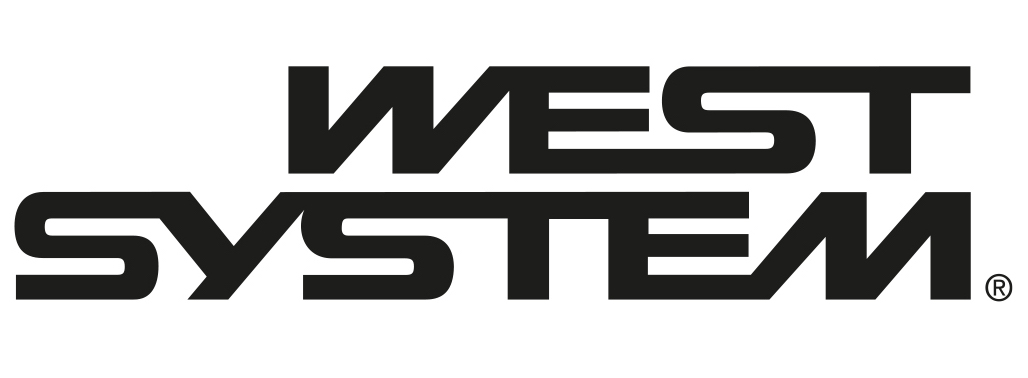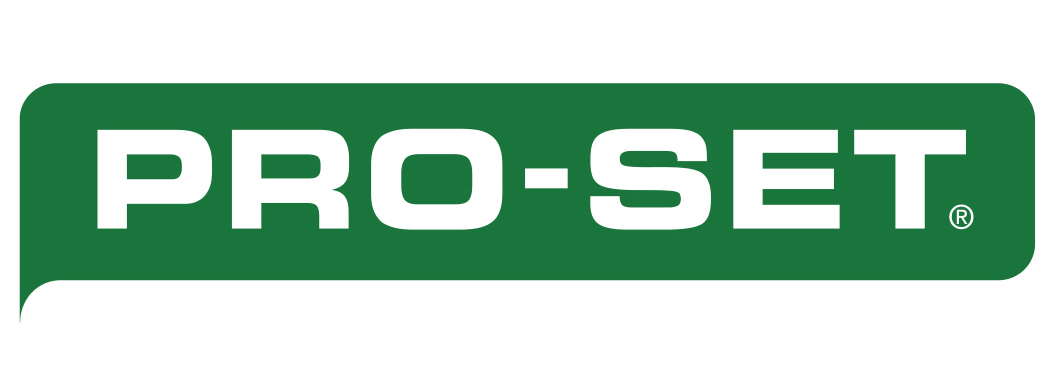Whether you are looking for a hardener that gives a natural wood finish, a filler for fairing or a fire-resistant additive, you will identify here which WEST SYSTEM® product is suitable.
In the following tables, you can compare applications of the full range of WEST SYSTEM hardeners, fillers and additives and decide which is best for your project.
Which hardener do I need?
Hardeners are mixed with epoxy resin. The mixture cures to a high-strength plastic solid at room temperature which can be used to bond a wide range of materials. This table shows the relevant uses and cure speeds of the four WEST SYSTEM hardeners.
| Hardener | Uses Resin/Hardener | Hardener Temperature Range (°C) | Cure Speeds at room temperature | ||
|---|---|---|---|---|---|
| . . |
Pot Life 100g | Working Time thin film | Cure to Solid thin film | ||
| 205 Fast Hardener® |
General bonding, fabric application and barrier coating |
|
10-15 min |
60-70 min |
5-7 hours |
| 206 Slow Hardener® |
General bonding, fabric application and barrier coating |
|
20-30 min | 90-110 min |
9-12 hours |
| 207 Special Coating Hardener™ |
Fabric application and coating for natural wood finish |
|
20-30 min | 85-110 min |
9-12 hours |
| 209 Extra Slow Hardener™ |
General Bonding, fabric application and barrier coating |
|
50-70 min | 200-260 min |
20-24 hours |
Which filler do I need?
Fillers are used to thicken the basic resin/hardener mixture for specific applications. Each filler possesses a unique set of physical characteristics, but they can be generally categorised as either adhesive (high-density) or fairing (low-density).
Adhesive filler mixtures cure to a strong, hard-to-sand plastic useful in structural applications like bonding, filleting and hardware bonding. Any of the WEST SYSTEM adhesive fillers are suitable for bonding situations.
Fairing filler mixtures cure to light, easily sandable material that is generally used for cosmetic or surface applications like shaping, filling or fairing.
As a rule, it is better to use higher-density fillers when bonding higher-density materials such as hardwoods and metals.
| 1.Uses | Adhesive fillers | Fairing fillers | ||||||
|---|---|---|---|---|---|---|---|---|
| 2. Applications | Highest density Highest strength | Lowest density Easiest sanding | ||||||
| 3. Desired characteristics | ← | → | ||||||
| 404 | 406 | 403 | 402 | 405 | 407 | 409 | 410 | |
| 1. Small GRP repairs | **** | |||||||
| 1. Bonding hardware 2. Increased fastener interface and hardware load capability 3. Maximum strength |
**** | *** | *** | ** | ||||
| 1. General bonding 2. Join parts with epoxy thickened to create a structural gap filler 3. Strength / gap filling |
** | **** | ** | *** | *** | |||
| 1. Laminating 2. Bond layers of wood strips, veneers, planks, sheets and cores 3. Gap filling / strength |
**** | *** | *** | ** | ||||
| 1. Laminating 2. Bond layers of wood strips, veneers, planks, sheets and cores 3. Gap filling / strength |
** | **** | **** | ** | ** | |||
| 1. Fairing 2. Fill low areas and voids with an easily sanded surface filler/fairing compound 3. Sandability / gap filling |
*** | **** | **** | |||||
Which additive do I need?
Additives are blended with mixed epoxy. They alter the physical properties of epoxy when used as a coating. Additives can be used to alter the colour, abrasion resistance or moisture resistance of cured epoxy. This table explains which WEST SYSTEM additive is suitable for which common application.
| Uses Resin/hardener mixture with an additive |
Additive |
| Abrasion Resistance Apply undercoats of epoxy modified for abrasion resistance or temporary UV resistance. |
420 Aluminium Powder |
| Moisture Resistance Apply undercoats of epoxy modified for maximum moisture protection. |
422 Barrier Coat |
| Low-friction Apply as a tough, low-friction coating, or as a bearing surface when thickened with fillers. |
423 Graphite Powder |
| Pigmented Undercoat Apply an opaque, coloured epoxy undercoating as a base for painting. |
501, 503, 505 & 506 Colour Pigments |
How do I colour epoxy?
To obtain a colour other than white or grey, add powdered pigments (e.g. tempera paint, coloured tile grout or aniline dye) and universal tinting pigment to the epoxy mixture. Acrylic paste pigments can also be used to tint the mixture, as long as they are specified for use with polyester or epoxy resin. 423 Graphite Powder will colour the epoxy black or impart darker shades to colours.
Generally, colouring agents can be added to the mixed epoxy in quantities of up to 5% by volume and there will only be a minimal effect on the cured epoxy’s strength. It’s always advisable to make test samples to check that the colour and degree of opaqueness are right and that the mix has cured properly.
Please note that none of these colouring additives make the cured epoxy UV-resistant. So, limit their use to areas that are not exposed to sunlight or apply additional UV protection.




